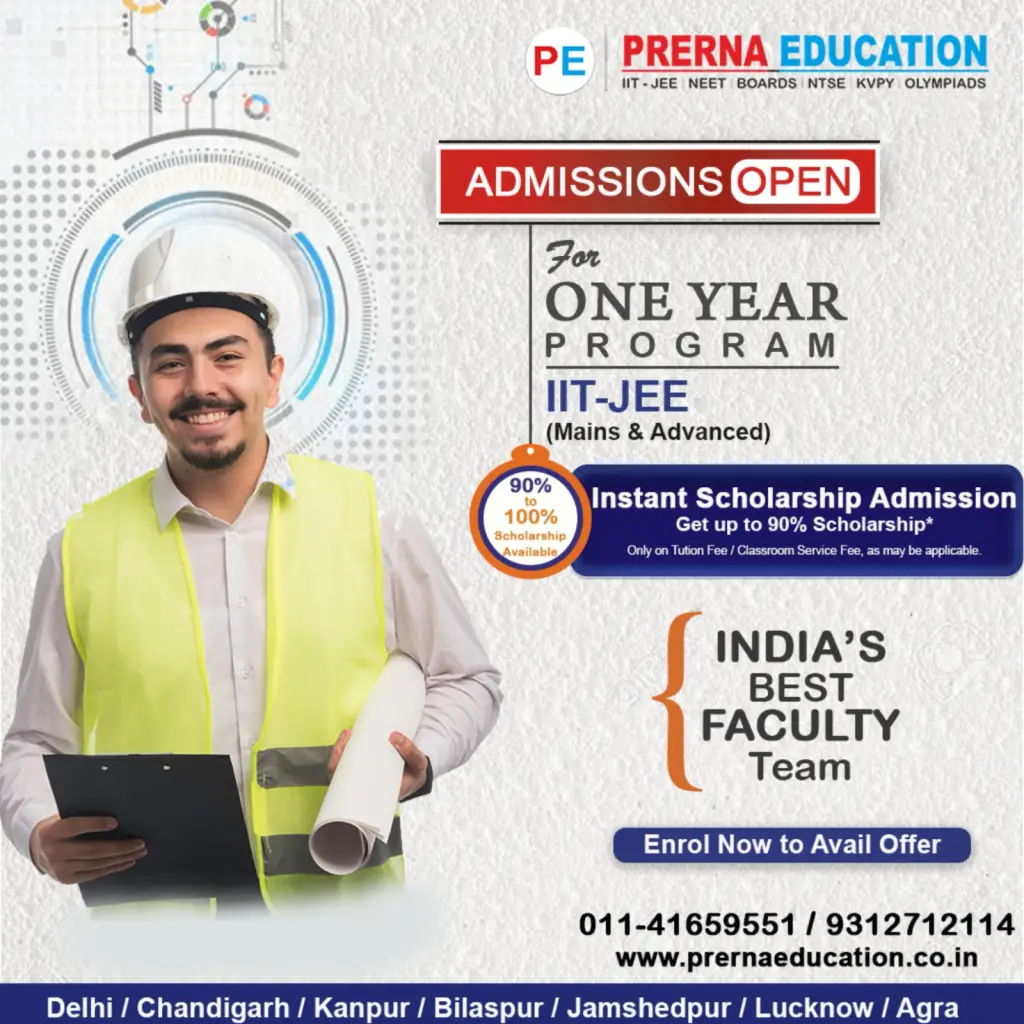Reproduction in Organisms Assignments/DPPs
In your quest to conquer NEET (National Eligibility Entrance Test), delve into the captivating world of “Reproduction in Organisms” for Class 12 Botany. This chapter unveils the fundamental processes by which plants ensure the continuation of their species. Mastering this subject equips you with a profound understanding of asexual and sexual reproduction in plants, along with the fascinating adaptations they have developed for successful propagation. This knowledge forms the foundation for careers in plant biology, agriculture, horticulture, and related fields.
Overview : Reproduction in Organisms for Class 12 CBSE and NEET
Reproduction is not just about creating offspring; it’s about ensuring the survival and adaptation of a species over generations. This chapter explores the two main strategies employed by plants for reproduction:
-
Asexual Reproduction: This rapid and efficient method involves the development of a new plant from a single parent, without the involvement of gametes (sex cells). It’s often employed for vegetative propagation, allowing plants to quickly establish themselves in favorable conditions. Examples include vegetative propagation by runners, tubers, bulbs, and grafting.
-
Sexual Reproduction: This more complex mode of reproduction involves the fusion of gametes from two parents, leading to genetic variation in the offspring. It typically involves flowers, pollination (transfer of pollen grains), fertilization (fusion of sperm and egg), and seed development.
The Intricacies of Sexual Reproduction in Plants:
Sexual reproduction in plants involves a captivating sequence of events:
-
Flower Structure: Understand the different parts of a flower (sepals, petals, stamens, and pistil) and their roles in reproduction.
-
Pollination: Explore the various mechanisms by which pollen grains are transferred from the anther (male reproductive part) of one flower to the stigma (female receptive surface) of another flower. This can occur through wind, insects, animals, or even water.
-
Fertilization: Learn about the process by which a pollen grain germinates on the stigma, forming a pollen tube that grows down the style and delivers sperm cells to the ovule within the ovary. Fertilization occurs when a sperm cell fuses with an egg cell in the ovule, leading to the formation of a zygote.
-
Seed Development: Following fertilization, the ovule develops into a seed, containing an embryo (the developing plant), a seed coat for protection, and stored food for germination. The ovary ripens into a fruit, which aids in seed dispersal.
Adaptations for Reproductive Success:
Plants have evolved a variety of adaptations to enhance their chances of successful reproduction:
-
Attractive Flowers: Brightly colored petals and fragrant scents attract pollinators like insects and birds.
-
Pollen Structure: Pollen grains are often lightweight and have a tough outer coat, allowing for efficient dispersal by wind.
-
Fruit Dispersal: Fruits have evolved unique mechanisms like hooks, wings, or fleshy structures to be carried by animals or dispersed by wind or water.
Question Types to Master NEET:
The NEET exam tests your understanding of reproduction in organisms through various question formats:
-
Multiple Choice Questions (MCQs): The most common format, testing your knowledge of asexual and sexual reproduction methods, flower structure, pollination mechanisms, fertilization process, seed development, and adaptations for reproductive success.
-
Diagram-Based Questions: Analyze diagrams depicting flower structures, life cycles of plant reproduction, or pollination processes and identify the components or steps involved.
-
Short Answer Type Questions: These assess your ability to explain the advantages and disadvantages of asexual and sexual reproduction, differentiate between self-pollination and cross-pollination, or describe the role of fruits in seed dispersal.
-
Long Answer Type Questions: Test your in-depth understanding by requiring you to elaborate on complex topics like the process of double fertilization in flowering plants, the significance of adaptations for specific pollination mechanisms, or the factors affecting seed germination.
DPPs for Reproduction in Organisms
Sharpening Your Skills for NEET Success:
Acing reproduction in organisms in NEET requires a focused approach:
-
Visual Learning: Utilize diagrams and illustrations depicting flower structures, life cycles, and pollination processes to solidify your understanding.
-
Targeted Assignments: Practice dedicated exercises from reputed educational platforms like PRERNA EDUCATION. Focus on specific topics, question types, and diagrams relevant to the NEET syllabus.
-
Daily Practice Problems (DPPs): Hone your problem-solving skills by tackling DPPs encompassing diverse concepts in plant reproduction. Practice answering MCQs, diagram-based questions, short answer and long answer questions related to various reproductive methods, adaptations, and life cycles.
-
NCERT Textbook: Make the NCERT textbook your foundation. Read thoroughly, highlight key points, and utilize the practice questions and diagrams provided at the end of each chapter.
-
Explore the Plant World: Observe flowering plants in their natural habitat, identify the different floral parts (sepals, petals, stamens, pistil), and analyze their adaptations for attracting pollinators.
-
Connect the Dots: Relate the concepts learned in reproduction to other areas of Botany, such as plant diversity (flowers play a key role in classification) and ecology (pollination relies on interactions with animals and the environment).
-
Think Like a Scientist: Formulate questions about plant reproduction and research the answers. Explore real-world examples of how scientists are using knowledge of plant reproduction for crop improvement or conservation efforts.
-
Self-Evaluation and Improvement: Regularly assess your progress by taking mock tests focused on reproduction in organisms. Analyze your mistakes, identify areas needing improvement, and revisit relevant concepts from the NCERT textbook or consult additional resources.
Remember, consistent practice, a focus on visual learning, and a strong foundation in the NCERT textbook will empower you to conquer reproduction in organisms in NEET and beyond. By understanding these fundamental processes, you gain valuable insights into the fascinating world of plants and their strategies for ensuring the continuation of life on Earth.
| Reach Us |
011 – 41659551 | 9312712114 CENTERS H-81, South Extension Part 1, New Delhi – 110049 179, 2nd Floor, opposite Select Citywalk Mall, Khirki Village, Saket, New Delhi – 110017 Phone: 011-41659551 | 011-41676717 Mobile: +91-9312712114 Email: info@prernaeducation.co.in |
Related Posts
⯈ Download DPPs Class 12 Physics
⯈ Download DPPs Class 12 Chemistry
⯈ Download DPPs Class 12 Maths
⯈ Download DPPs Class 12 Zoology
⯈ Download DPPs Class 12 Botany
⯈ Download DPPs Class 11 Physics
⯈ Download DPPs Class 11 Chemistry
⯈ Download DPPs Class 11 Maths
⯈ Download DPPs Class 11 Zoology
⯈ Download DPPs Class 11 Botany
⯈ Download DPPs for Class 10 Science
⯈ Download DPPs for Class 10 Maths
⯈ Download DPPs for Class 9 Science
⯈ Download DPPs for Class 9 Maths



